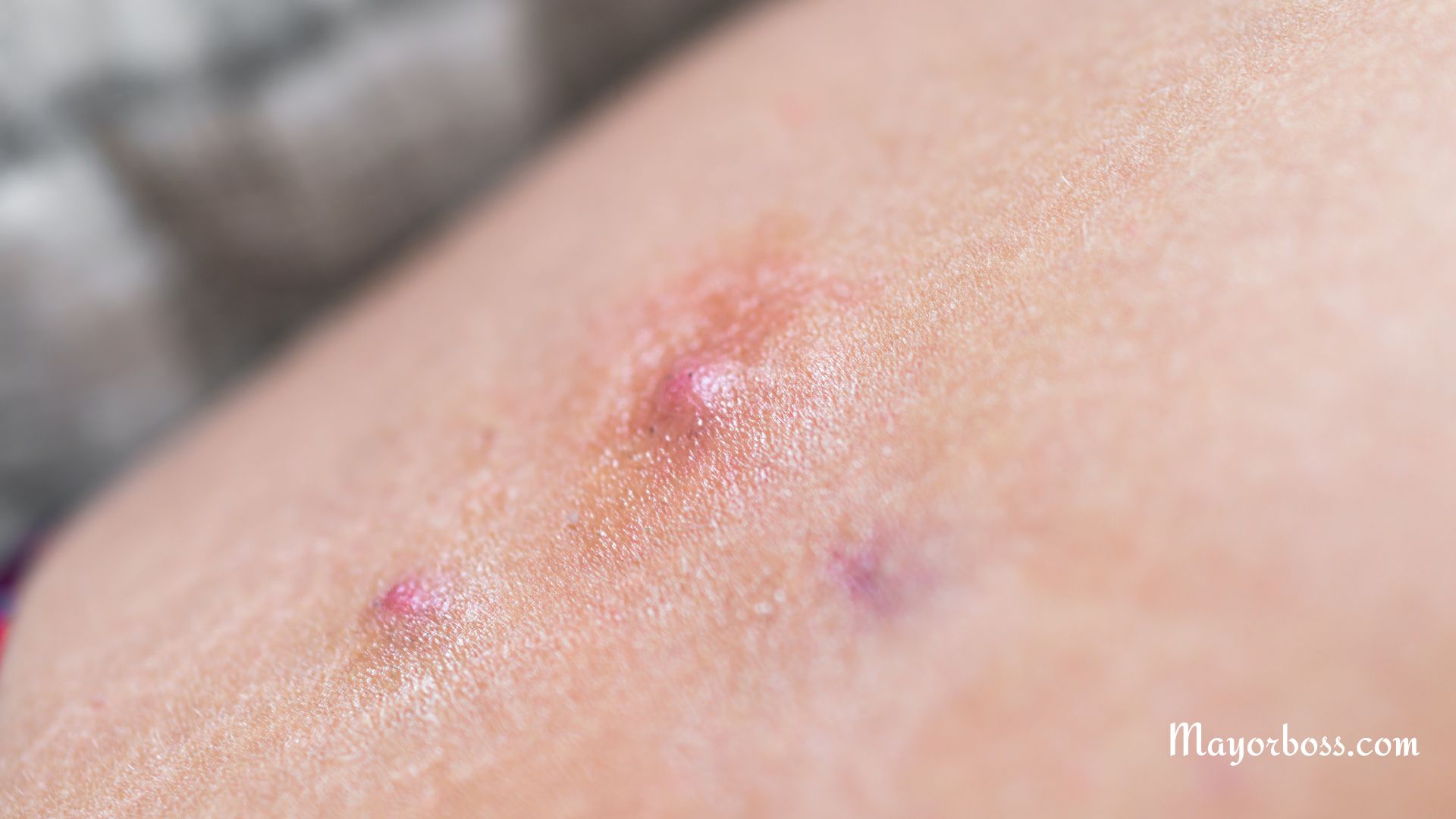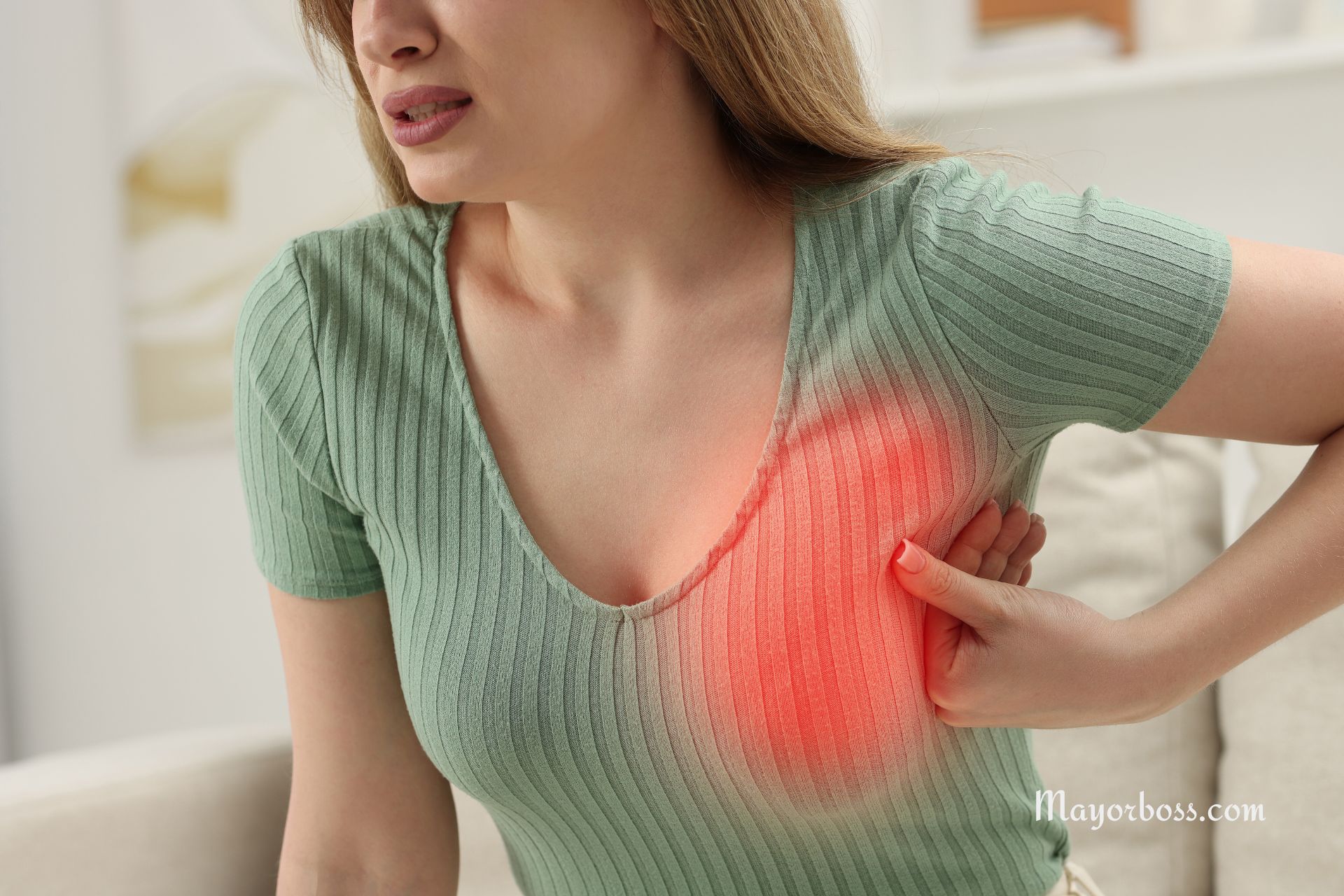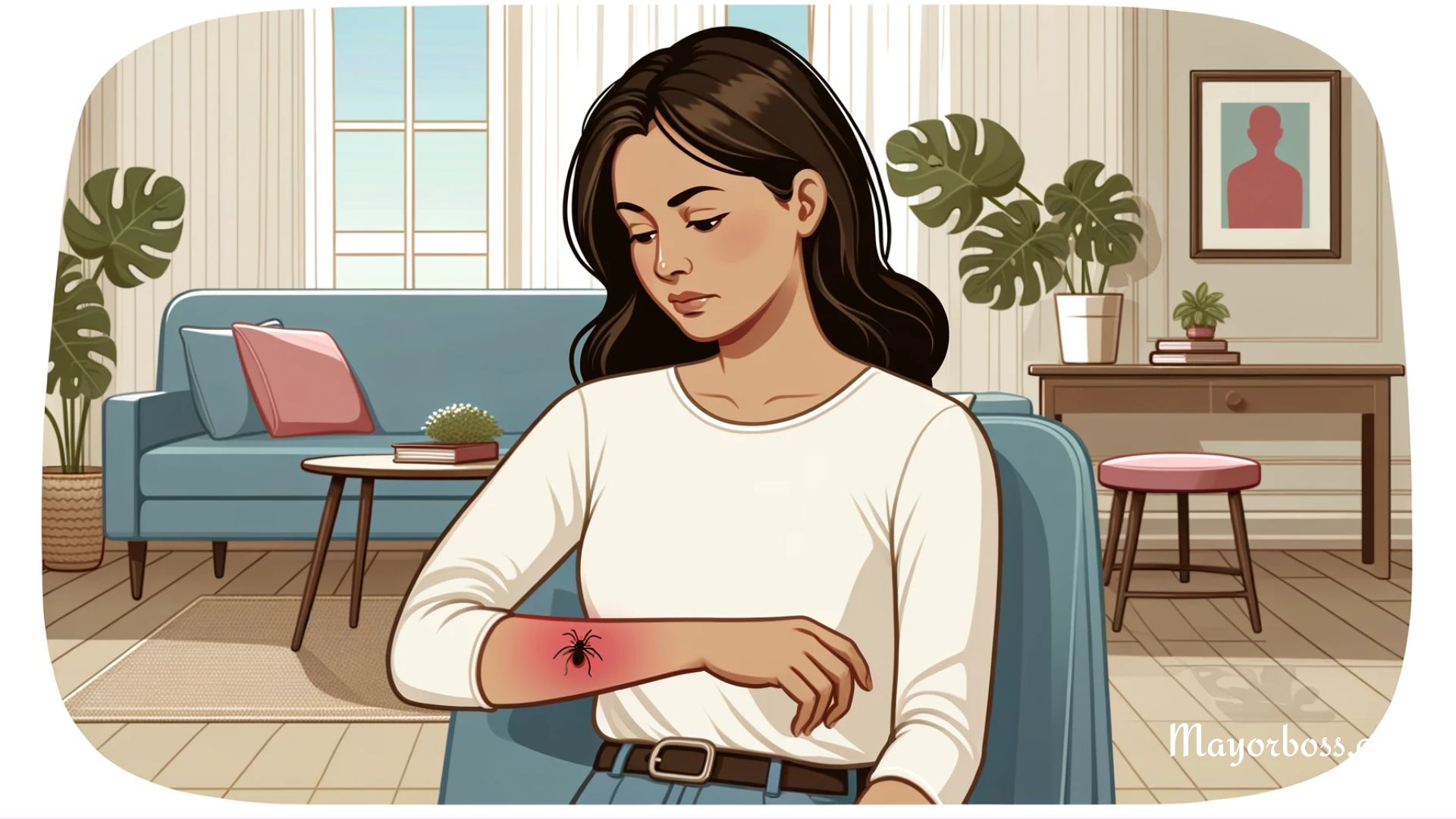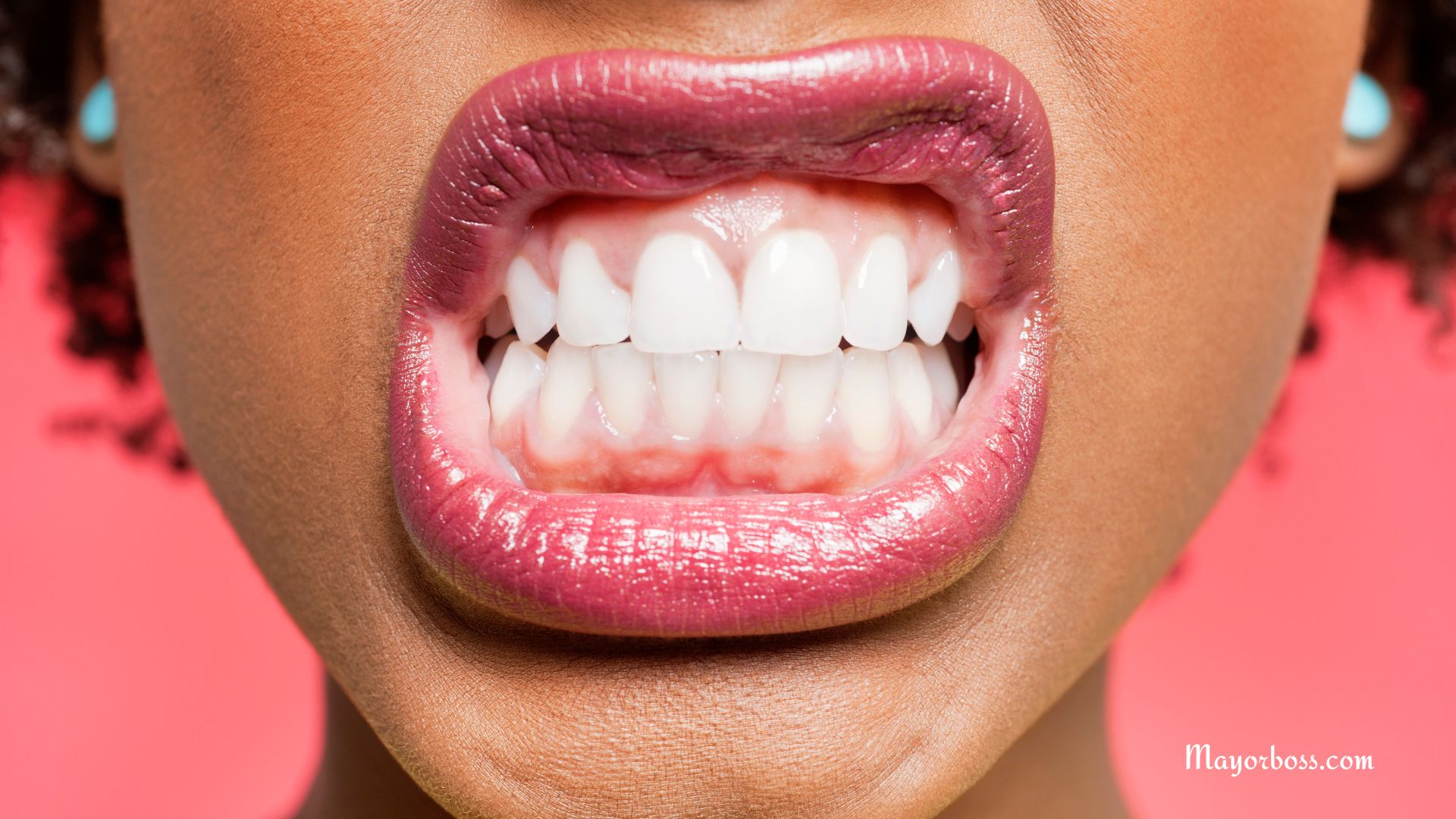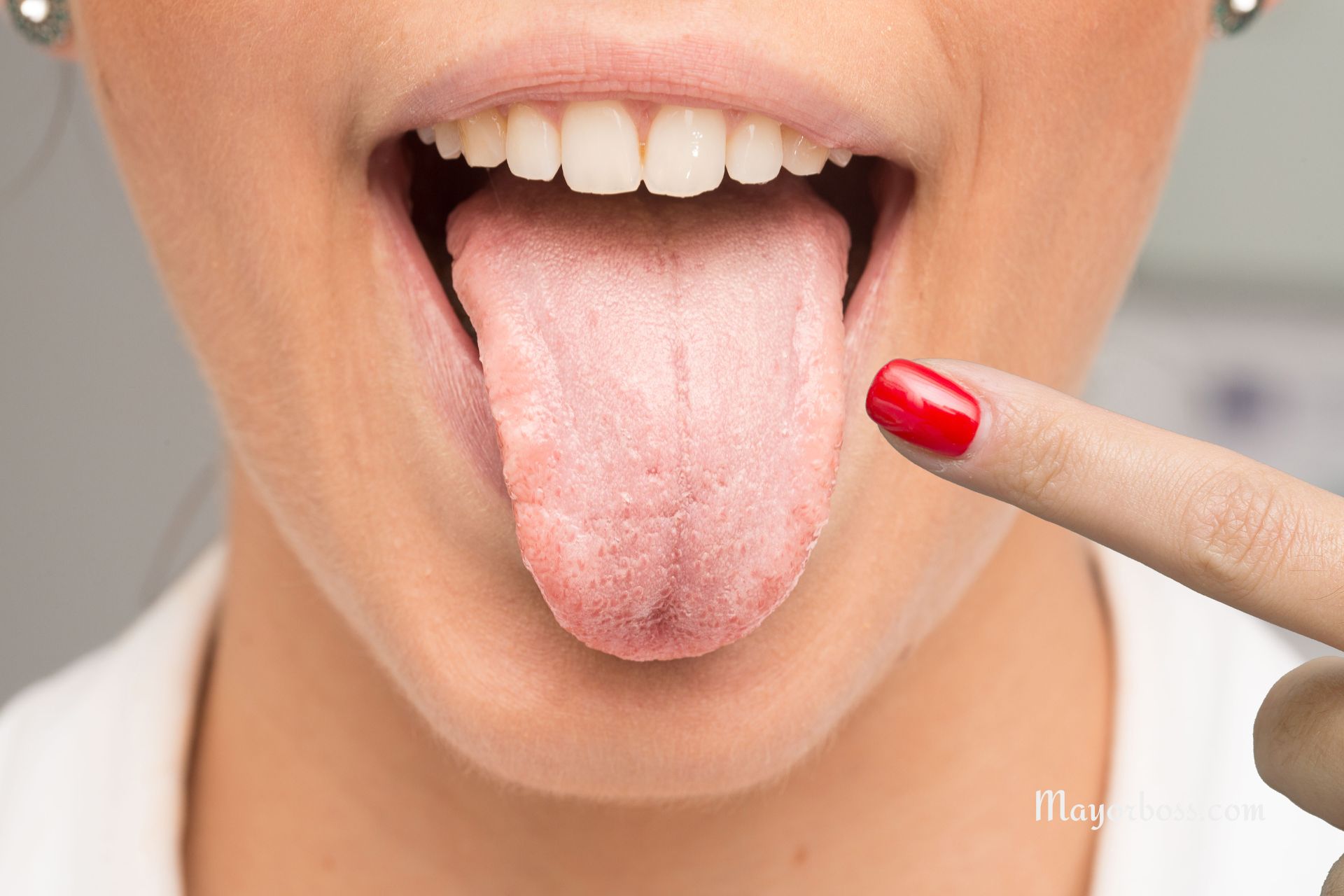7 Signs You’re Not Getting Enough Iron
Iron is an essential mineral that helps your body in more ways than you might think. It’s like a fuel that keeps everything running smoothly, especially when it comes to your blood. Without enough iron, your body can’t make enough healthy red blood cells, which are the ones responsible for carrying oxygen throughout your body. This means that not getting enough iron can affect a lot of things—your energy, your brain, even your skin. Here are key signs that your body might be craving more iron.

You Feel Exhausted Even After Resting
One of the most common signs of low iron levels is extreme fatigue. You might think, “Well, everyone gets tired sometimes,” but iron deficiency fatigue is different. It’s a type of tiredness that doesn’t go away even after a full night’s sleep or taking naps throughout the day. This happens because, without enough iron, your body can’t produce the red blood cells needed to transport oxygen efficiently. With less oxygen reaching your cells, you feel sluggish and drained all the time.
Your Skin Looks Paler Than Usual
If you’ve noticed your skin looking unusually pale or a bit dull lately, it might be due to low iron. Paleness is a common indicator of iron deficiency because your red blood cells are what give your skin its rosy glow. When there aren’t enough healthy red blood cells, your skin loses that natural pinkish color. This can happen all over your body or be more noticeable in specific areas like your face, gums, or even the inside of your eyelids.
You’re Out of Breath Doing Simple Tasks
Iron is crucial for your body’s ability to use oxygen, so if you find yourself short of breath easily, it could be a sign you’re not getting enough iron. Maybe you used to climb stairs without any problem, but now you’re gasping for air halfway up. This happens because, with fewer red blood cells, your muscles aren’t getting enough oxygen, making even light physical activity seem challenging.
You Notice Your Heart Pounding
When iron levels are low, your heart has to function harder to pump oxygen-rich blood throughout your body. This means you might feel heart palpitations or notice your heart beating faster than usual, even when you’re resting. According to the Mayo Clinic, iron deficiency can lead to an irregular heartbeat, also known as arrhythmia, because your heart is compensating for the lack of oxygen. This is especially concerning over time, as it can lead to further heart problems.
Your Hair and Nails Are Brittle
Your hair and nails can also signal if you’re low on iron. If you’ve noticed hair thinning or more strands falling out than usual, or if your nails are breaking more easily, these could be signs of iron deficiency. Your body directs oxygen to the most vital functions first, which means your hair and nails are lower on the list. Without enough iron, they don’t get the nutrients they need to stay healthy and strong.
You Get Frequent Headaches or Feel Dizzy
Frequent headaches and dizziness can also be warning signs of low iron. When your brain isn’t getting enough oxygen, your blood vessels can swell, leading to headaches. Similarly, dizziness or lightheadedness can happen when the brain struggles to get enough oxygenated blood. If these symptoms are happening more often, it’s a good idea to talk to your doctor to see if iron deficiency might be the cause.
You Crave Strange Things, Like Ice or Dirt
Another peculiar sign of low iron is pica, which is the craving for non-food items like ice, dirt, or even paper. Scientists aren’t entirely sure why this happens, but some think it might be your body’s way of trying to cope with a deficiency. Craving ice, in particular, is pretty common among people with iron deficiency anemia. If you or someone you know is experiencing these odd cravings, it’s worth having an iron test done.
What Should You Do If You Recognize These Signs?
If you recognize one or more of these signs, it’s important not to ignore them. Iron deficiency is common, especially among women, but it’s not something to take lightly. The good news is that it can often be treated through diet and supplements. Iron-rich foods include red meat, poultry, beans, lentils, and leafy greens like spinach. However, if you think you might have an iron deficiency, it’s best to consult with your doctor. They may recommend an iron supplement or further testing to determine how severe the deficiency is.

